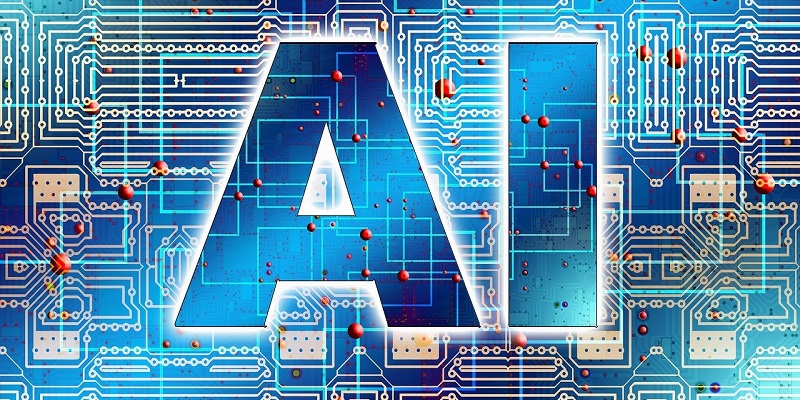Intel’s latest ventures, Meteor Lake and Arrow Lake CPUs, demonstrate the tech giant’s commitment to advancing genAI developments by incorporating Versatile Processing Units (VPUs) into their architecture. The Intel VPU is a groundbreaking effort designed to accelerate genAI applications on the consumer end, revolutionizing industries and enhancing user experiences.
The Intel VPU and genAI Development
The introduction of the Intel VPU signifies Intel’s dedication to driving genAI developments. By integrating VPUs into their CPUs, Intel aims to catalyze the growth of AI applications and provide consumers with enhanced performance and efficiency. This move benefits various sectors, including healthcare, finance, and manufacturing, where AI has already made substantial contributions.
The Introduction of VPU in Meteor Lake CPUs
In May 2022, Intel unveiled its plans to incorporate VPUs into Meteor Lake CPUs, showcasing tremendous performance improvements compared to previous generations. Demonstrating applications like Stable Diffusion, Intel emphasized the VPU’s capacity to deliver superior power efficiency alongside exceptional performance gains. These enhancements represent Intel’s drive to continually elevate the capabilities of their processors.
VPUs in the Industry
The inclusion of VPUs in Meteor Lake CPUs positions Intel at the forefront of the industry’s demand for AI-based applications. With AI becoming increasingly prevalent across sectors, the integration of VPUs into CPUs sets the Meteor Lake lineup apart from its competitors. By incorporating AI-driven capabilities into their processors, Intel provides users with the tools necessary to tackle complex problems and achieve breakthrough results.
Similarity in VPUs of Meteor Lake and Arrow Lake
Analysis by Phoronix reveals that the PCI IDs associated with the Meteor Lake and Arrow Lake VPUs suggest a potential similarity between the VPU types in both CPU lineups. This similarity underscores Intel’s commitment to driving genAI developments across its product range, offering users a consistent experience and compatibility across different CPU models.
Advantages of VPUs
Intel recognizes the multifaceted advantages of VPUs, dividing their capabilities into two tiers. First, VPUs offer enhanced audio effects, enabling richer sound experiences for users. Second, VPUs serve as AI assistants, providing local AI processing capabilities on client machines. By bringing AI processing closer to the user, VPUs minimize latency and enhance performance in various applications, including voice recognition, image analysis, and natural language processing.
Intel’s Transition towards the Future with VPUs
Intel’s integration of VPUs into their CPUs signifies a significant milestone on the path towards a future filled with dedicated AI engines. While the current state of VPU technology is considered “naive,” Intel remains committed to further research and development. Their goal is to refine and expand the capabilities of VPUs, propelling the evolution of genAI technologies and maximizing the potential of AI-driven applications.
Potential of VPUs in the Generative AI Sector
Dedicated AI engines, such as VPUs, hold immense potential in the generative AI sector. These engines are capable of addressing the complex hardware requirements involved in tasks such as image and video synthesis, style transfer, and content generation. By leveraging the power of VPUs, developers and researchers can explore new frontiers in creative expression and augment human capabilities.
Intel’s recent release of Meteor Lake products solidifies their commitment to incorporating VPUs into their CPUs, ushering in a new era of genAI developments. By embracing VPUs, Intel empowers users across industries to leverage the power of AI more effectively, providing unparalleled performance gains and enhanced experiences. As Intel continues to refine and expand the capabilities of VPUs, the genAI landscape will undoubtedly witness further innovation and growth.

